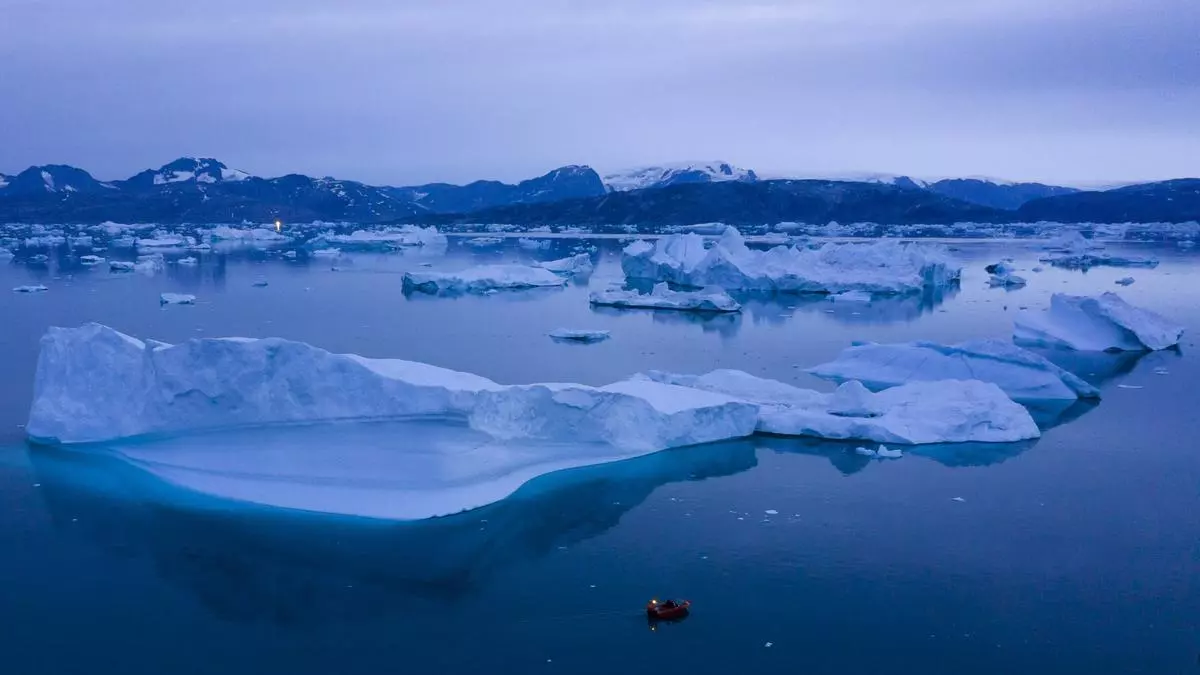
Glaciologists discovered that the grounding line of Petermann Glacier in northwest Greenland shifted significantly during tidal cycles, allowing warm seawater to invade and melt ice at a faster rate.
A glacier’s grounding line is the point at which the ice separates from the land and begins floating in the ocean.
“The findings from satellite radar data from three European missions suggested that the climate community could have been vastly underestimating the magnitude of future sea level rise caused by polar ice deterioration”, said the researchers from the University of California, Irvine (UCI) and NASA’s Jet Propulsion Laboratory (JPL) in the United States.
The finding has been published in the journal Proceedings of the National Academy of Sciences (PNAS).
UCI assistant specialist in Earth system science, NASA postdoctoral fellow, and lead author Enrico Ciraci said, “Petermann’s grounding line could be more accurately described as a grounding zone because it migrates between 2 and 6 kilometers as tides come in and out”.
He further said, “This is an order of magnitude larger than expected for grounding lines on a rigid bed”.
The author stated, “This study replaced the traditional concept of grounding lines with the knowledge that warm ocean water intruded beneath the ice through preexisting subglacial channels, with the grounding zone seeing the highest melt rates”.
The conventional view claims that grounding lines beneath ocean-reaching glaciers did not migrate or melt over tidal cycles.
Warm water formed a 200-meter-tall cavity in the underbelly of Petermann Glacier as its grounding line receded approximately 4 km between 2016 and 2022, the researchers discovered, and the abscess remained there for the entire year of 2022.
UCI professor of Earth system science, NASA JPL research scientist, and senior co-author Eric Rignot said, “These ice-ocean interactions make the glaciers more sensitive to ocean warming”.
Eric Rignot further said, “These dynamics are not included in models, and if we were to include them, it would increase projections of sea level rise by up to 200 percent – not just for Petermann but for all glaciers ending in the ocean, which is most of northern Greenland and all of Antarctica”.
According to Rignot, exposure to ocean water vigorously melts the ice at the glacier front and erodes the barrier to glaciers over the land, forcing the ice to fall more quickly to the sea.
The Greenland ice sheet has lost billions of tonnes of ice to the ocean in recent years, as per the study, with the majority of the loss driven by the warming of subsurface ocean waters caused by Earth’s changing climate.
Also read: Research On The Extent To Which Dust Supports Ocean Ecosystems

















